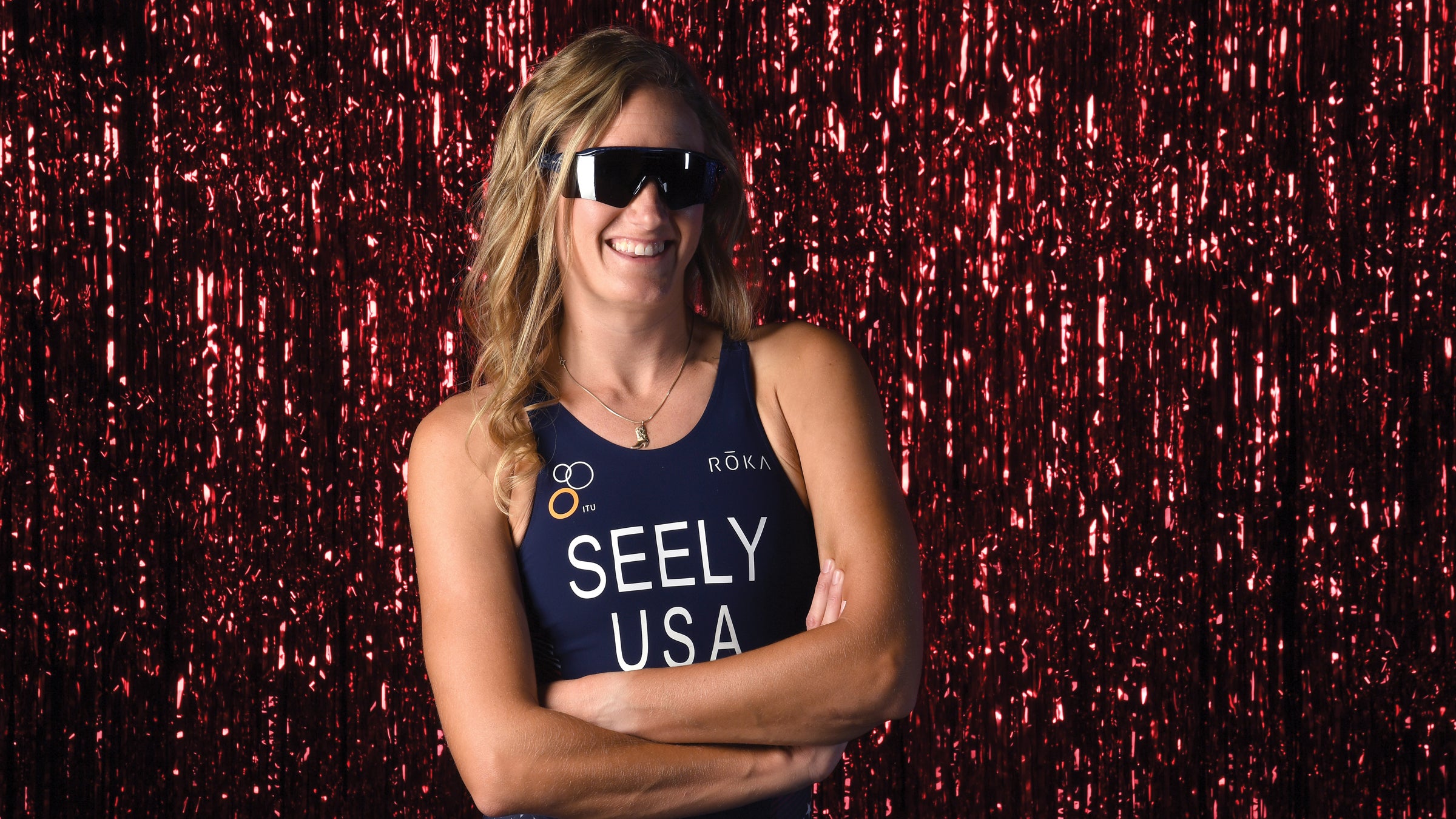Trispo: From Mysterious Illness to Gold Medal

(Photo: Getty Images)
When Allysa Seely was a kid, her parents taught her the importance of responsibility. If she wanted to play sports, she had to set her own alarm and get herself up at 5 a.m. to practice before the heat of the Arizona summer. But it was that combo of freedom to roam outside and make mistakes—and to learn from those mistakes—that set her up to excel in triathlon. Although she swam and ran from a young age, Seely didn’t try triathlon until college at ASU. “I was missing that competitive spark in my life. Triathlon lit that fire,” she said.
However, she soon noticed her body was behaving oddly. “I would come home from school dizzy to the point I could barely stand, and my muscles twitched and contorted uncontrollably,” she said. After two years and several doctor’s appointments, she was diagnosed with Chiari II malformation and basilar invagination, which means her brain and brain stem had sunk through the base of her skull and into her spinal column. She also had Ehlers-Danlos syndrome, a collagen disorder which leads to extremely relaxed joints, further complicating the diagnosis.
In 2010 she underwent intensive brain and spine surgery that left her with lingering issues, including spasticity that caused her left ankle to dislocate. Though she relearned how to walk, the pain in her leg kept getting worse. Finally, she and her doctor decided amputation of the lower leg was the best option.
Determined not to let her injury define her, she started running (slowly) eight weeks after surgery, on her first prosthetic. Since then, Seely has had multiple prosthetics, including a glittery one, allowing her to be one of the most fashionable as well as competitive triathletes.
But it wasn’t until graduate school that Seely started to consider being even more competitive. She was working on her Masters degree and applying to medical school when triathlon was announced as a new sport for the upcoming 2016 Rio Paralympics. “I thought I had a shot at it,” she said, so she asked her mom for advice.
Her mom said medical school would always be there. If this is what you want, go for it.
Four years later, Seely won the first gold medal in her division in paratriathlon at the Rio Paralympics. She is now fully immersed in the triathlon community and was recently elected to the board of USA Triathlon, hoping to secure a bigger platform for Paralympians.
Although the next Olympics have now been postponed, Seely is focused on defending her gold medal. “I’m not allowing it to disrupt my determination to be the best I can be next summer.”